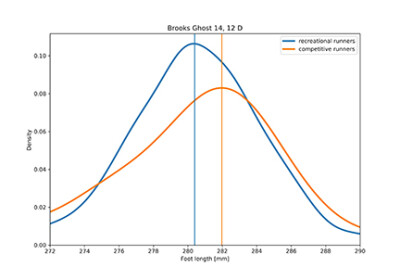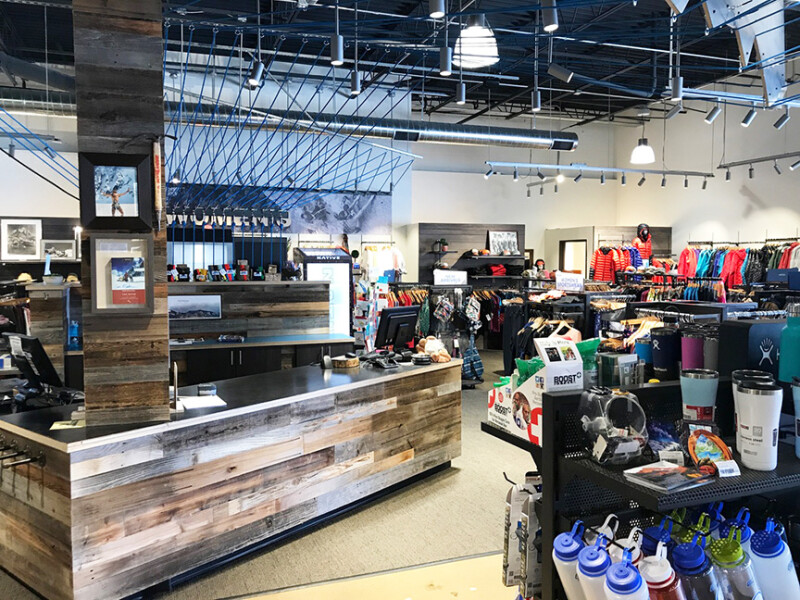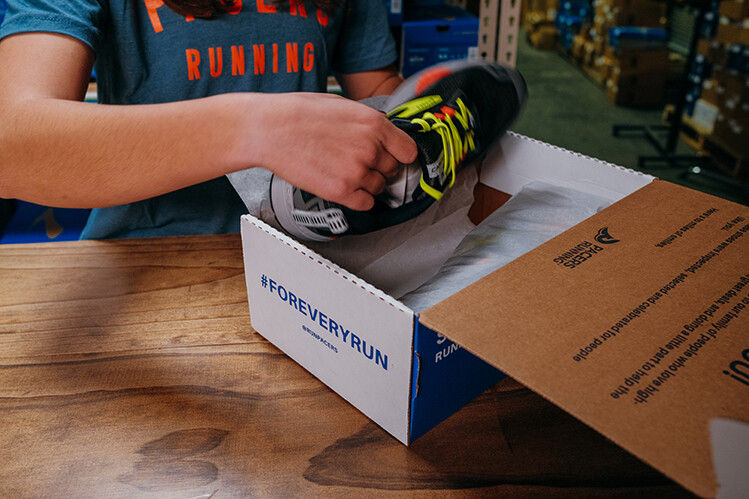In sports, the pursuit of excellence often hinges on the tiniest details — and one crucial element that can make all the difference in racing is footwear. As any runner surely knows, the fit of their running shoes can significantly impact their performance. In the competitive realm, athletes prioritize precision and efficiency, sometimes going to great lengths to ensure that every ounce of energy is channeled into their sport. This often leads to the selection of footwear that is tailored to their exact needs, providing a tight fit that maximizes power transfer.
Take downhill skiing, for instance, where competitive skiers buckle up their ski boots mere seconds before skiing down the race track, only to unbuckle them immediately after crossing the finish line. The reason behind this ritual is simple yet profound – they demand an exceptionally snug fit to optimize the transfer of energy from their bodies to their skis and slope, allowing for unparalleled control and speed.
Recreational skiers, who may spend hours on the slopes during a leisurely day out, tend to favor ski boots that offer a different kind of snugness — one that provides support and warmth, allowing them to enjoy their time on the mountain without the constant nagging sensation that they should remove their ski boots. The ability to endure long hours in ski boots without discomfort becomes a prized attribute, enabling them to fully immerse themselves in the joy of skiing, relishing each turn down the hill without a second thought about their footwear.
The same concept can certainly be applied to the differences between competitive and recreational runners.
Comparing Two Types of Racers
In a recent study we explored the intriguing realm of athletic footwear preferences by comparing the expectations of competitive runners with those of recreational runners. Are their requirements worlds apart, or do they share common ground in their pursuit of footwear perfection?
By gaining insights into the preferences of these two distinct groups, we hoped to shed light on the nuances that define the relationship between athletes and their footwear, offering valuable information for both athletes, the brands they wear and the retailers who sell to them.
In our running footwear study, we sought to dig deep into the preferences of male runners, differentiating between recreational runners and competitive athletes. To provide a robust and data-driven analysis, we gathered a substantial dataset consisting of 12,783 3D foot scans from male recreational runners and 2060 scans from male competitive runners. All these runners purchased their shoes in run specialty stores, where they underwent precise foot scans using Volumental foot scanners.
It is important to note that participants declared themselves as either recreational or competitive runners when creating their customer profiles after scanning their feet. These participants were specifically chosen from among those who had purchased one of three popular running shoe models: the Brooks Adrenaline 22, Brooks Ghost 14 and Hoka Clifton 8.
Our methodology involved a comparison of foot lengths and widths between these two distinct groups for each of the three popular running shoe styles. The primary objective was to learn whether there were any significant differences in preferences regarding the fit of their running shoes. More specifically, we focused on determining whether one group tended to prefer a snugger fit over the other, or if there were any notable variations in their choices.
 The chart displayed on this page illustrates two distinct bell curves, each representing the distribution of foot lengths among two groups of runners who have purchased the Brooks Ghost 14 in size 12D. In the chart, the blue bell curve corresponds to recreational runners and it is characterized by a peak at approximately 280.4 millimeters, indicating that the most common foot length among this group falls within this range.
The chart displayed on this page illustrates two distinct bell curves, each representing the distribution of foot lengths among two groups of runners who have purchased the Brooks Ghost 14 in size 12D. In the chart, the blue bell curve corresponds to recreational runners and it is characterized by a peak at approximately 280.4 millimeters, indicating that the most common foot length among this group falls within this range.
On the other hand, the orange bell curve represents competitive runners who have chosen the same model and size. This curve exhibits a peak at around 282 millimeters, reflecting the most prevalent foot length within this cohort.
A Snugger Fit
When we analyze the difference between these two peaks, we find that it amounts to 1.6 millimeters. This disparity indicates that, for this specific style and size of running shoe, competitive runners tend to favor a slightly snugger fit compared to their recreational counterparts. In practical terms, this means that competitive runners, on average, opt for a toe allowance that is about 1.6 millimeters shorter than recreational runners, underscoring their preference for a snugger fit.
For some of the three selected styles and sizes, the most common foot length was shorter among recreational runners, indicating their inclination towards a slightly roomier fit. Conversely, for other styles and sizes, the most common foot length was longer among recreational runners, suggesting a preference for a tighter fit.
A similar pattern was observed when considering foot widths, with recreational runners occasionally favoring narrower or wider shoe options, depending on the specific style and size.
However, when we calculated the average differences across all the various styles and sizes within our study, an intriguing revelation came to light. On average across all the styles and sizes, the difference in foot length between recreational and competitive runners amounted to a mere 0.04 millimeters. Similarly, the average difference in foot width was just one millimeter.
A further analysis of average values separately for each of the three selected shoe styles revealed a consistent and compelling finding — regardless of the specific shoe model, recreational and competitive runners, on average, exhibited remarkably similar fit preferences.
What It Means For Stores
Based on these results, sales associates are well-positioned to provide valuable guidance to runners. It’s essential to convey to customers that when transitioning from recreational running to more competitive pursuits, the choice of snugger footwear may not necessarily be advantageous.
The data from our study underscores that fit preferences between competitive and recreational runners are very similar. Therefore, sales associates should recommend that runners, as they elevate their running ambitions, continue to prioritize footwear that aligns with their unique requirements rather than focusing solely on a snug fit. This approach will contribute to their overall satisfaction and success in the world of competitive running.
about the author
Ales Jurca is the VP –footwear research at Volumental, a fitting technology company that has collected more than 45 million foot scans across 50-plus countries. www.volumental.com






